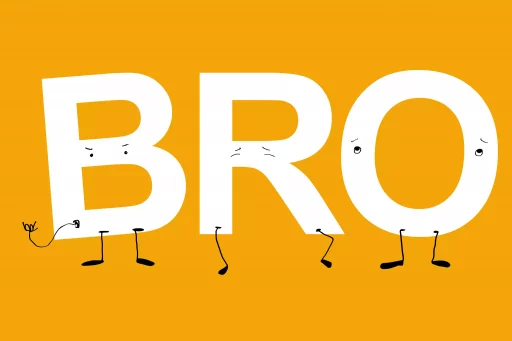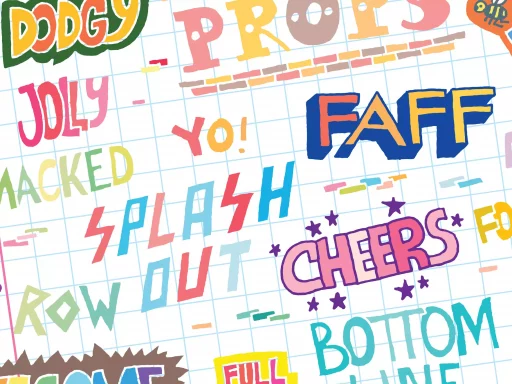Soy: Understanding its Slang Meaning
One fascinating aspect of languages is their flexibility and how they change over time. They often adapt to societal changes, and new words or phrases are constantly birthed while others cease to exist. Currently, the English language is seeing a rise in a new slang term: ‘soy’ or ‘soy boy’, often used on various digital platforms. Despite its origin from a plant-based food product, in the realm of the English colloquial, ‘soy’ has taken on an entirely different connotation.
Origins and Evolving Use
The term ‘soy boy’ is believed to have taken root from the idea that soy products raise estrogen levels, contributing to a more feminine appearance or behavior in men consuming them. This claim, however, has been discredited by numerous scientific studies. Yet, tossing scientific facts aside, the term has been seized upon by certain online communities to deride and belittle men perceived as not conforming to traditional masculine roles or exhibiting what they believe to be effeminate or weak characteristics.
Controversial Nature of the Term
‘Soy’ or ‘soy boy’ emerges as a derogatory slang term, with an inherent negative connotation. Some view it as an offensive stereotype, enforcing toxic masculinity and implying that men should only present themselves in a certain ‘macho’ way to be accepted and respected.
The Impact of Soy Slang
Like any language phenomenon, the arrival of the term ‘soy boy’ has not been without its impact or reactions. Some have clearly taken offence, considering its sexist disregards and encouraging toxic masculinity. Conversely, others argue it’s simply an innocent, albeit sarcastic, way of poking fun. This humour, however, doesn’t cancel out its offense or potential harm to a group of individuals.
Concluding Thoughts
In conclusion, while the soy slang aims to mock, it inadvertently brings to light the stereotypes and biases still bevelled into societal expectations. Encouraging the awareness of these negative connotations and their potential repercussions, may help create a more empathetic, understanding, and inclusive online discourse.






